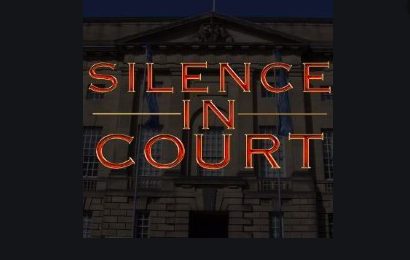We are all gathered at the proceedings of a court trial. A 23-year-old man, Charles Brandt, has been accused of rape. The audience forms the gallery, and members volunteer to be part of the jury. The trial begins. The prosecution is a trembling 24-year-old woman, Ms Lyons. She starts off by explaining the events of the fateful evening.
Silence in Court is an interesting piece of theatre. The jury is formed by regular members of the audience, and they form a microcosm of society. The case presents itself as a lot of assault cases generally do – alcohol is involved and lines of consent are defnitely blurred. The plaintiff is shaken, shabby and demurely dressed. The defendant however, is well put together, very smart in a suit. Both the prosecuting and defending attorneys are great actors – totally in their zone in examination and cross-questioning. The jury gets a chance to ask further questions, and the court usher even allows the ‘gallery’ a question or two. All the questions had clearly been pre-empted as the narratives of both Ms Lyons and Mr Brandt are in sync.
The questions asked are far more of a reflection of the people who ask them. As one would expect, disappointingly, there is a tendency to question the delay in reporting the rape and the authenticity of a woman’s word. Our Fringe going audience is clearly not ‘woke’. Armed with answers, the jury must decide on the verdict. To give the verdict away would be a spoiler, but suffice it to say that there is hope in the fact that the verdict depends on the crowd in that day. Thankfully, we get a pie and a pint, so you leave with a better taste in your mouth than you would from a real rape trial. A fascinating mirror held up to modern day society.
